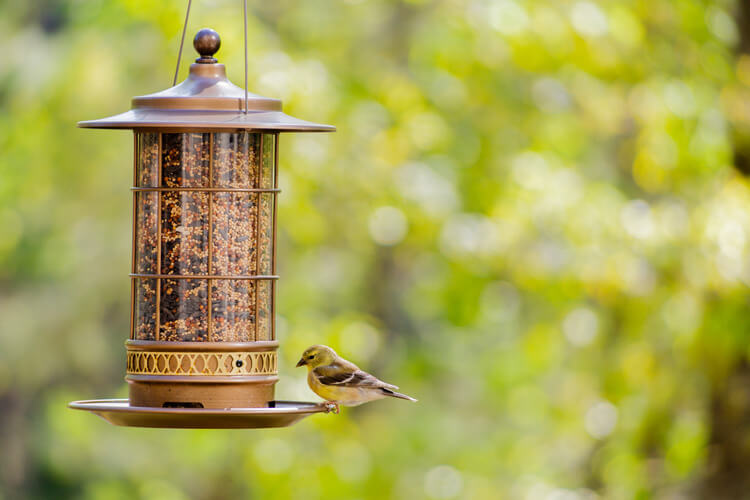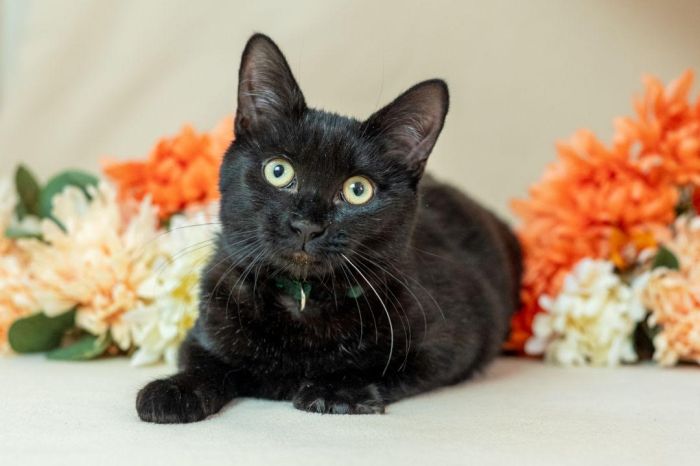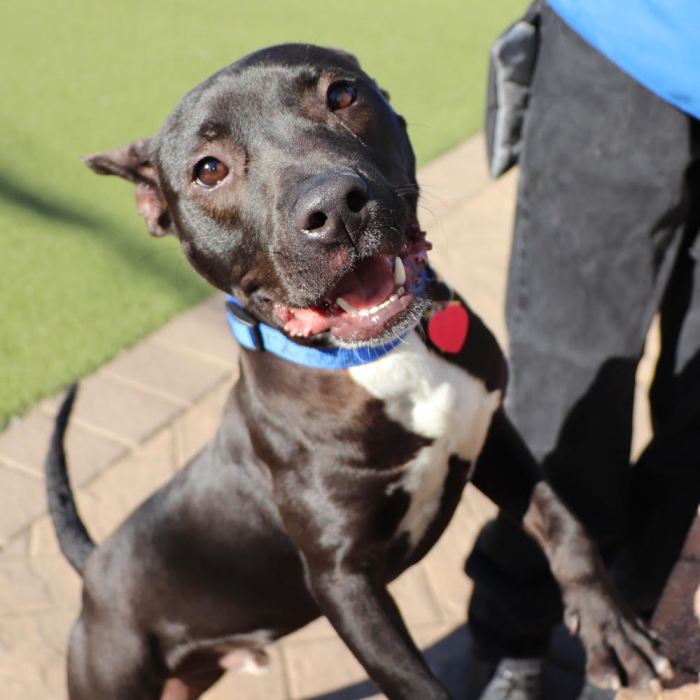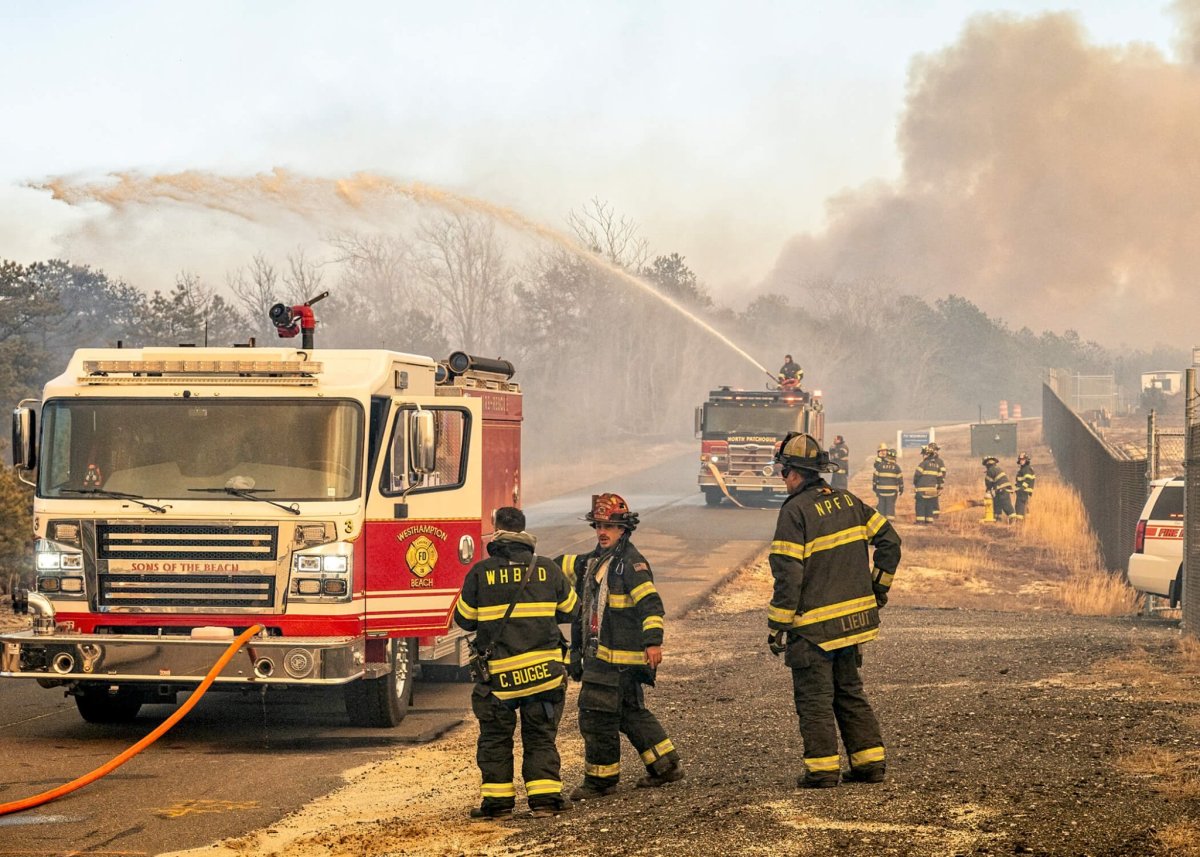Bird Feeders: How to Safely Attract Birds With A Food Source
Many Long Islanders enjoy birdwatching from the comfort of their homes, but if you provide a bird feeder to attract them, you must understand how to safely do so.
It’s important to remember that the birds we’re looking to attract are wild. Therefore, they’re fully capable of foraging and surviving without human assistance, especially in spring and summer months when there is an abundance of food available for them.
According to Anthrozoologist and Wildlife Rehabilitator John Di Leonardo, president and executive director of Humane Long Island, “Rather than feeding wild birds or any wildlife, Humane Long Island recommends letting wild animals be wild and only intervening when directed by a licensed wildlife rehabilitator. Many birds, especially hummingbirds, are pollinators so I encourage people to plant native plants and flowers rather than leaving out seed, but if people do choose to feed seed, they should be careful to feed only natural, high-quality seed without fillers. They should also avoid using tube feeders, which tend to trap moisture and breed mold. In any case, all feeders should be cleaned regularly with a mild, cruelty-free detergent so they do not become vectors for disease.”
Location of the feeder is crucial as well. Uneaten food in feral cat feeders should never be left behind, and cats should be kept safely indoors or in protected outdoor enclosures, where they and birds and other wildlife can be best protected. If space is limited, consider providing a less messy alternative to seeds such as suet, which can be purchased or made at home. And to attract specific birds, conduct some research as to the type of seed, plant, or fruit that birds flock to.
But not all birds are created equal. Di Leonardo explains that “people should never feed baby birds as they need to learn to properly forage and need the highest level of nutrition only found in natural food sources to develop properly. Similarly, waterfowl should especially be left wild. Feeding ducklings, cygnets or goslings bread, crackers, popcorn, or cereal can cause serious nutritional disorders which, if not treated quickly by a knowledgeable wildlife rehabilitator when they are still babies can become a lifelong disability and even death. Mazuri Waterfowl Maintenance, available on Chewy.com, is the only exception when it comes to waterfowl and is safe to feed adult waterfowl. Frozen peas and diced watermelon without the rind are healthy snacks as well.”
Bottom line: Don’t wing it. When done correctly, feeding birds provides a wonderful educational experience for humans and helps builds a compassionate world for our feathered friends.

































